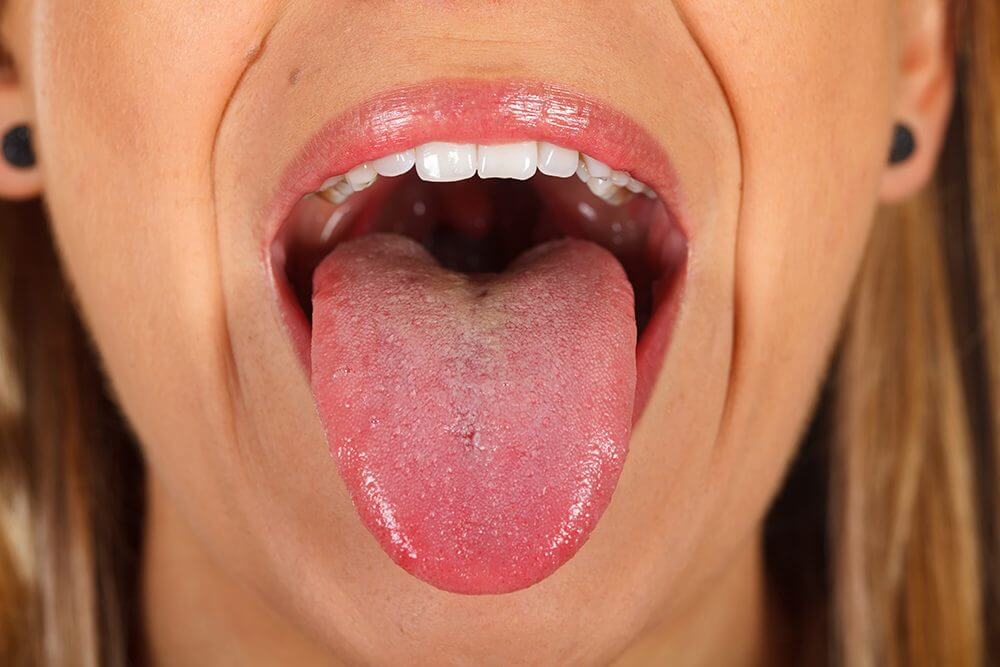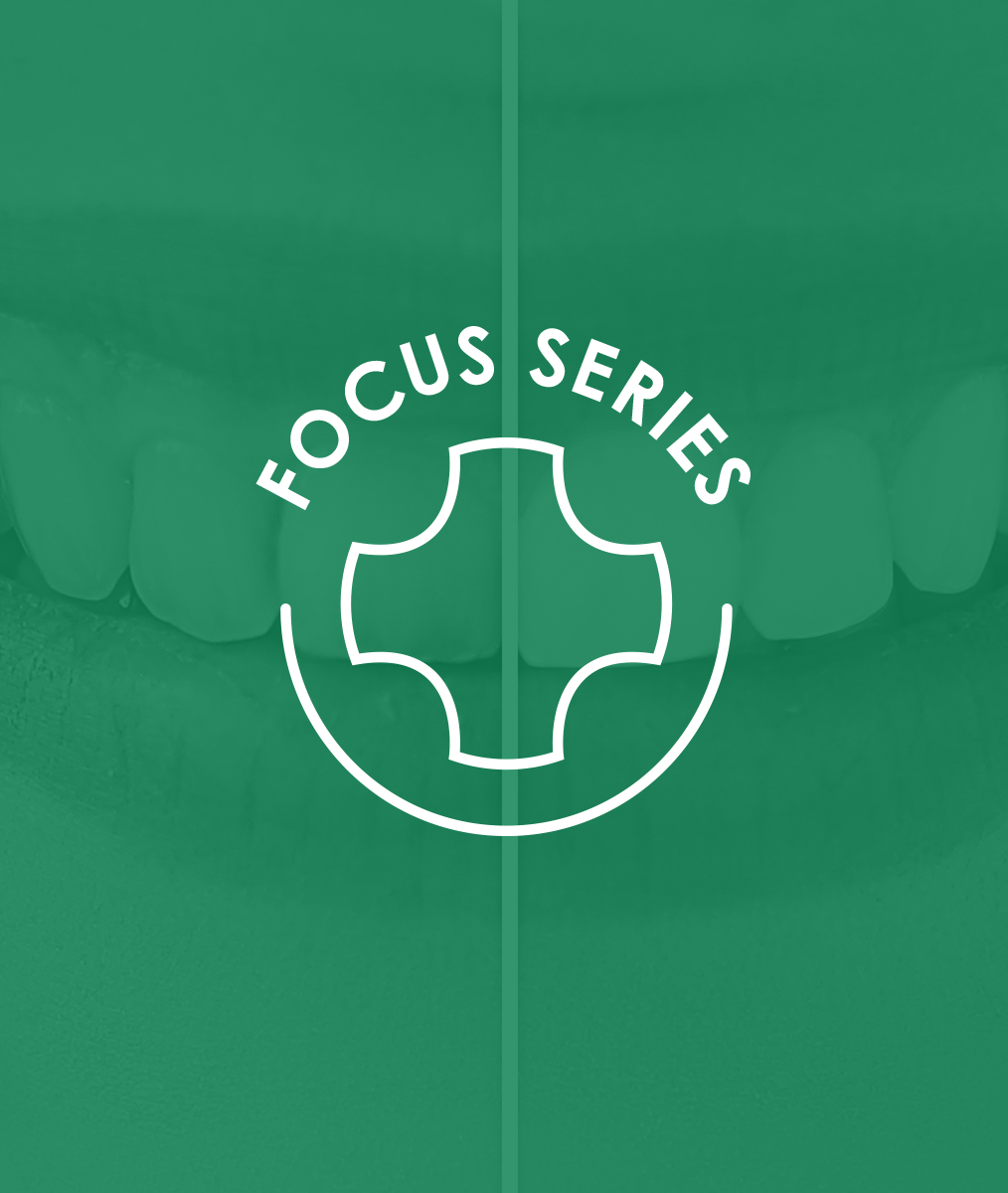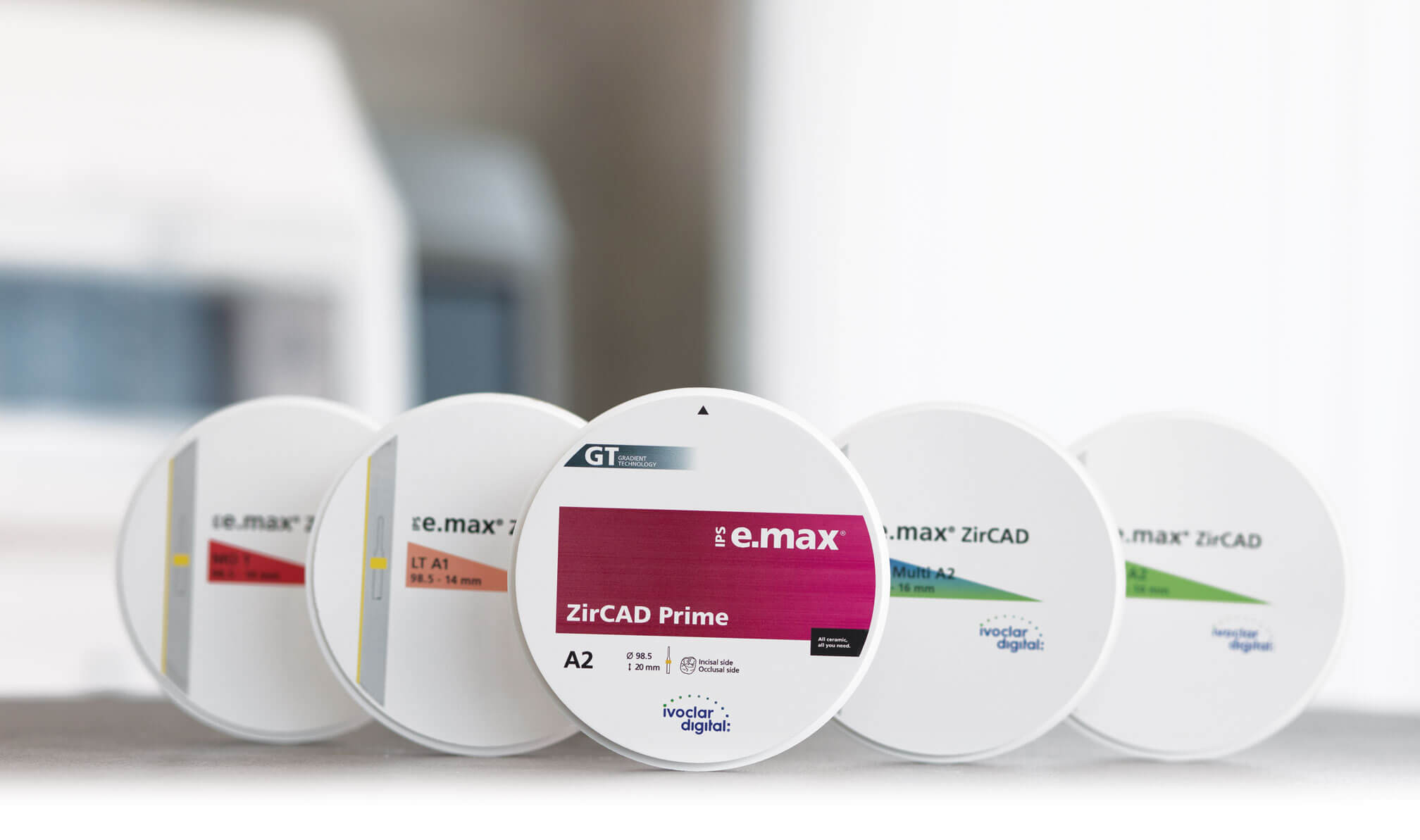Tongue Position & Nose Breathing
When we nose breathe, our tongue is elevated against the anterior portion of the palate and held there with gentle pressure. This position mechanically pulls the base of the tongue forward increasing the size of the airway. At the same time, the gentle pressure and movement of the tongue to this position helps to strengthen the tongue and keep it strong. A strong tongue is less likely to collapse backwards and obstruct the airway, so nose breathing is important for airway.
There is also great research today that breathing through your nose promotes better health. It creates higher levels of oxygenation of the blood, it cleans and humidifies the air for better lung health. Studies also show that mouth breathing suppresses the immune system and can have other adverse health effects. To this end, one of the current trends is to work with patients to train them to nose breath, including using a mouth taping technique.
A simpler way that may be effective is to use behavior modification and have people actively work on nose breathing. Many of the step tracking devices today can be set to vibrate every 15 minutes, to remind the person to move. I use this to remind people who parafunction to check if their teeth are touching, and for mouth breathers so they can check-in and nose breath instead.
Related Course
Smile Design: The 7 Deadly Sins
DATE: August 9 2024 @ 8:00 am - August 10 2024 @ 3:00 pmLocation: The Pankey Institute
CE HOURS: 16
Regular Tuition: $ 2195
Single Occupancy with Ensuite Private Bath (per night): $ 290
Designing Smiles is What We Do! From direct to indirect restorative – to clear aligners – to interdisciplinary care – designing smiles is what we do. Those who understand and…
Learn More>









